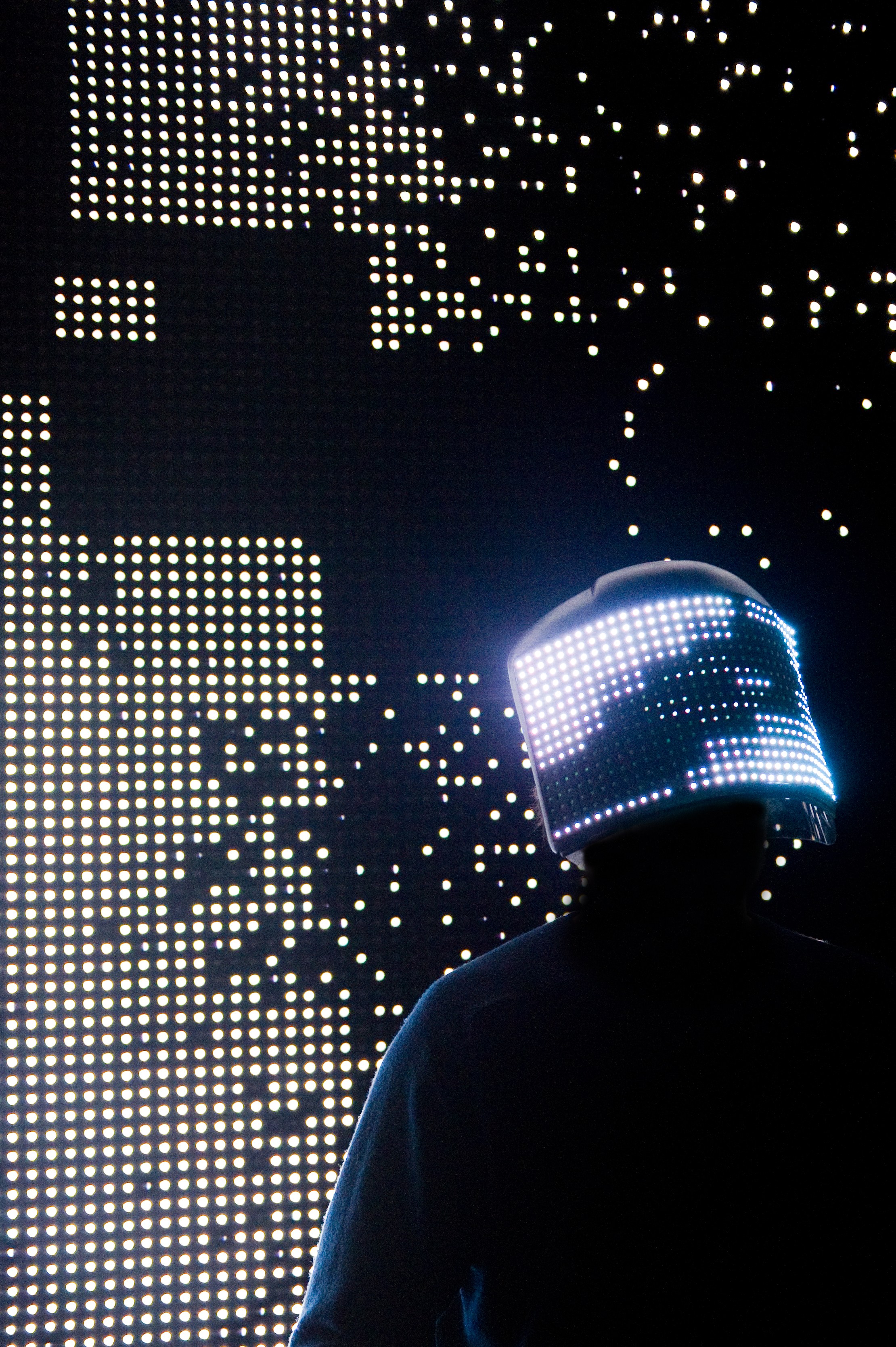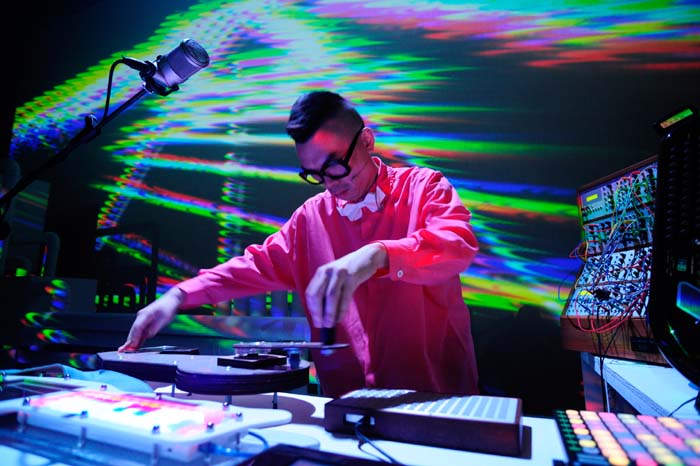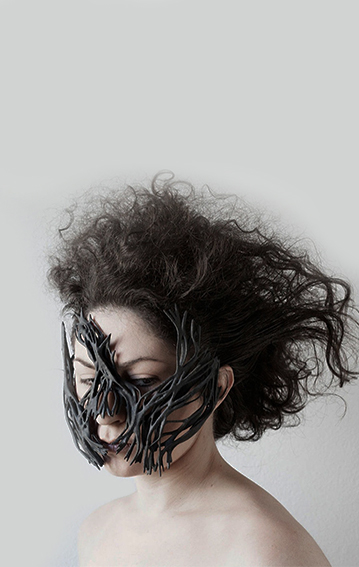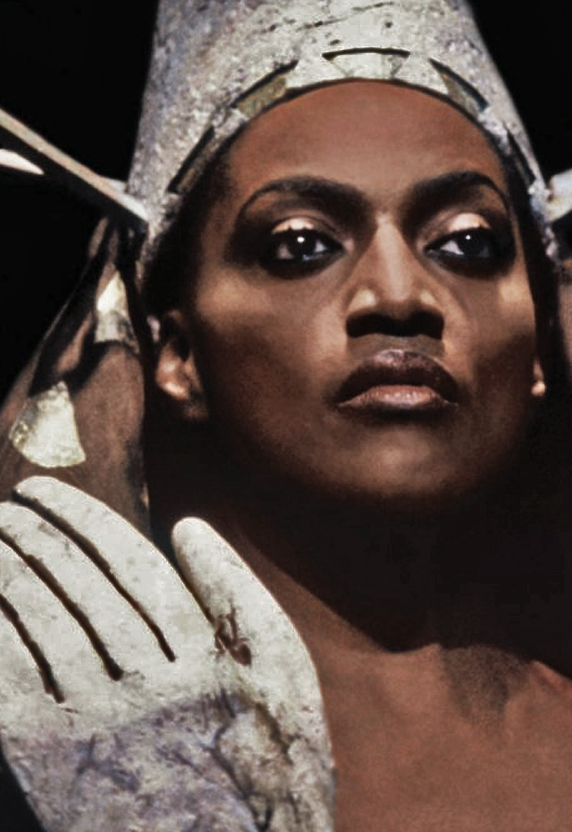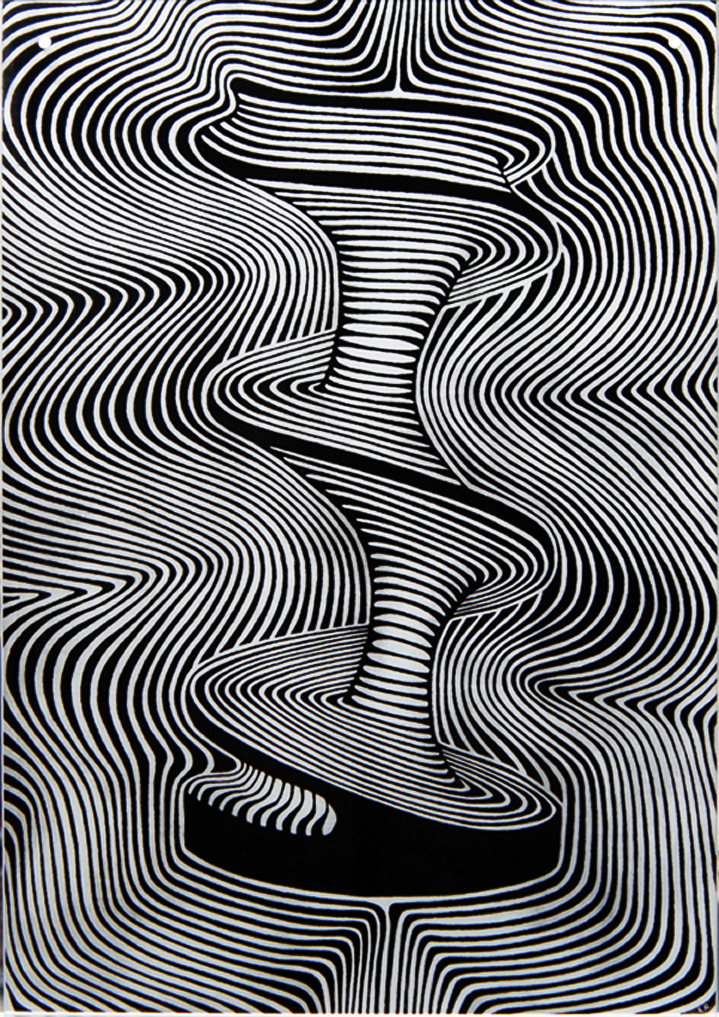
YING GAO
Eau qui coule
Ce projet s’inspire du roman du neurologue Oliver Sacks, L’homme qui prenait sa femme pour un chapeau, dans lequel il raconte l’histoire de Jimmie G, un ancien marin de 49 ans convaincu d’avoir 19 ans depuis qu’il a quitté la Marine. Choqué par son propre reflet lorsque Sacks lui tend un miroir, Jimmie revient à lui-même de 19 ans dès que son regard quitte la surface réfléchissante. Ayant perdu tout sens de la continuité temporelle, Jimmie vit prisonnier de cet instant unique et perpétuel, oscillant entre une présence au monde et une présence à soi. Tout comme Jimmie G, les vêtements évoluent entre deux états et affichent une perpétuelle métamorphose au fur et à mesure qu’ils réagissent au spectre chromatique. Ce voyage entre états opposés – de l’immobilité au mouvement – ne fonctionne pas comme une dichotomie


